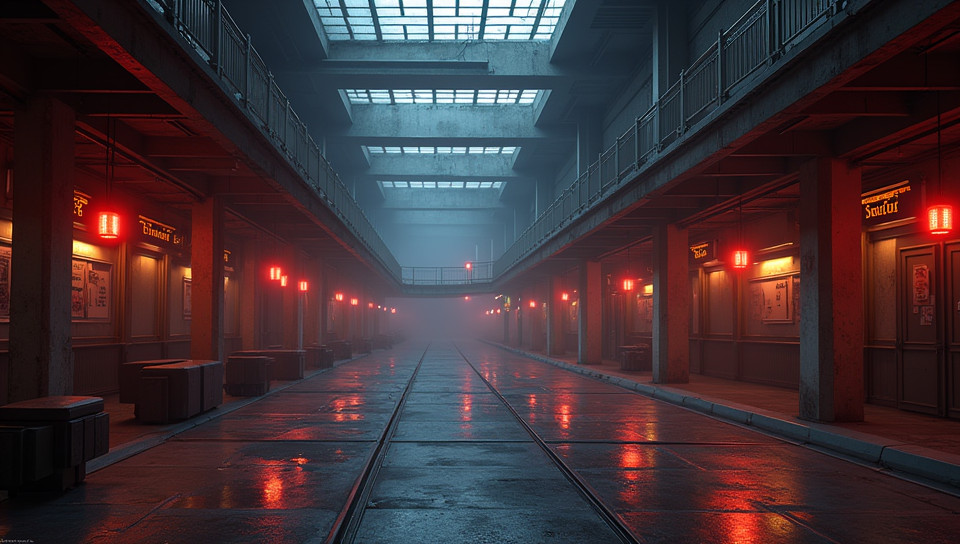Advanced lighting systems are hard to implement in low poly 92%

The Challenges of Advanced Lighting Systems in Low Poly Environments
When it comes to creating immersive and engaging virtual environments, lighting is one of the most crucial elements. It can make or break the atmosphere of a scene, drawing attention to key areas or highlighting specific details. However, when working with low poly models, implementing advanced lighting systems becomes increasingly difficult. The limitations of low poly environments create unique challenges that game developers and artists must navigate.
What is Low Poly?
Low poly refers to 3D computer graphics that use a minimal number of polygons to create a model or scene. This can result in blocky or pixelated textures, especially when viewed up close. While this style has its own aesthetic appeal and advantages, it presents significant challenges for lighting designers.
The Problem with Advanced Lighting Systems
Advanced lighting systems rely on complex algorithms and detailed data to accurately simulate real-world lighting effects. However, low poly environments often lack the necessary geometric detail to support these advanced simulations. For example:
- Incorrectly rendered shadows
- Overpowered or underpowered light sources
- Inconsistent lighting across different materials and textures
- Difficulty in achieving realistic lighting effects, such as ambient occlusion
The Consequences of Poor Lighting
Poor lighting can significantly detract from the overall gaming experience. It can make environments look unconvincing, cause confusion among players, or create distractions that take away from the main gameplay mechanics.
Mitigating the Challenges
While low poly environments present unique challenges for advanced lighting systems, there are strategies to mitigate these difficulties:
- Simplify lighting effects: Focus on essential lighting elements and simplify complex effects.
- Use texture-based lighting solutions: Utilize textures with built-in lighting information to create more realistic effects without relying on complex geometric data.
- Optimize lighting calculations: Take advantage of hardware-accelerated rendering or use software that can optimize lighting computations for low poly environments.
Conclusion
Implementing advanced lighting systems in low poly environments requires a thoughtful and strategic approach. By understanding the challenges associated with this process, developers and artists can create more effective solutions that enhance the gaming experience without sacrificing visual fidelity.
- Created by: Zion Valdez
- Created at: Jan. 24, 2025, 1:50 p.m.
- ID: 18694









